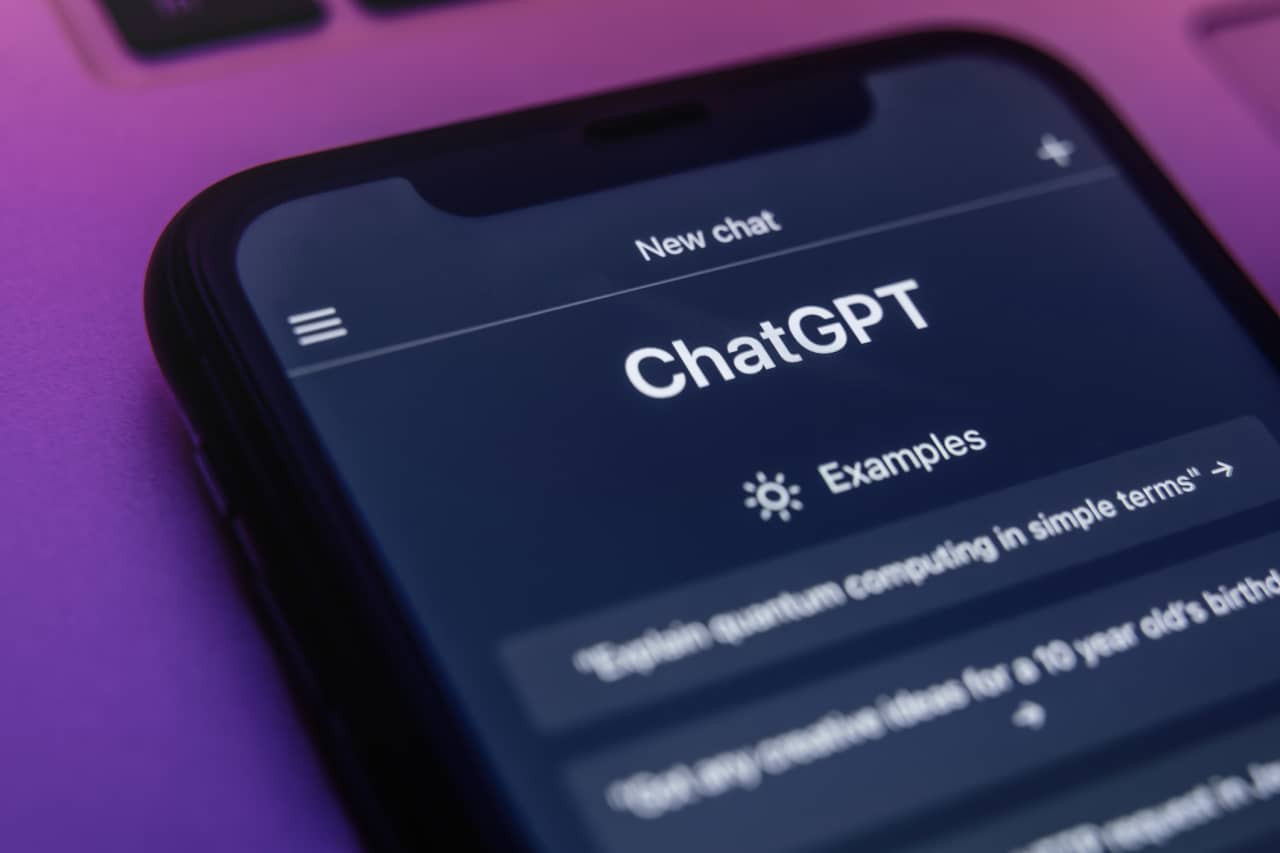AI Might Be Even More Underrated Than You Think.

This article is from the free weekly Barron’s Tech email newsletter. Sign up here to get it delivered directly to your inbox.
Exponential Change . Hi everyone. Some of the top minds in artificial intelligence are all saying the same thing: the latest wave of AI reasoning models represents a fundamental advance in the technology’s capabilities.
And yet when it comes to AI, I think much of the public has missed the significance of this recent reasoning breakthrough. It is driving an increase in AI usage and a burst of innovation that is still underestimated.
Earlier this month, a16z venture capitalist Marc Andreessen explained how one year ago, people could argue that AI models were fine at generating poetry and hip hop lyrics, but there were legitimate questions about whether the models could properly do math or code without frequent hallucinations and accuracy problems. “Now they obviously can,” Andreessen said.
“The moment of certainty for me was the release of [OpenAI’s first reasoning model] o1,” Andreessen said in a podcast interview . “This is going to work. Reasoning is going to work. That is what is happening. Every day I’m seeing product capabilities. I’m seeing new technologies I never thought I’d live to see.”
Reasoning AI models reflect more thoroughly on a query by performing numerous thought computations and searching the web for information before they respond. They are a recent phenomenon. OpenAI released o1 in September, followed by o3 in April. Google released a reasoning-capable Gemini model in December, while Anthropic and xAI released reasoning models in February.
Andreessen said the power of reasoning models could prove more impactful than even the internet and cloud. They are like a new kind of computer and similar to the invention of the microprocessor.
“We’re investing against the thesis that basically all incumbents are going to get nuked,” he said. “Everything is going to get rebuilt.”
It is no coincidence that the advent of AI reasoning models is accelerating the adoption of chatbots. OpenAI has said ChatGPT’s weekly active users rose to 500 million in March from 300 million in December. Worldwide iPhone App Store downloads for ChatGPT over the last 28 days were 29.6 million, according to Similarweb, versus 32.9 million for TikTok, Facebook, Instagram, and X combined.
OpenAI CEO Sam Altman said recently that he was surprised by the progress in the reasoning ability of ChatGPT models, which he expected would take longer. He said his start-up has “cracked reasoning” and that the impact would be profound across various areas, including scientific discovery.
In my own daily chatbot use, I have found that the major reasoning models are significantly more accurate and provide higher quality answers than prior chatbots. Those improvements mean I’m using the chatbots far more frequently. I now have a reasoning model window open all the time on my computer and use it several times a day.
For me, it’s an inflection point for the technology and fulfills the promise of AI as a smart and reliable research assistant. It’s also a massive time saver. In the past, it would take me 30 to 60 minutes to click through several websites to find an accurate answer on a typical topic.
Now, if I ask a reasoning model to provide background on a current event, person, or company, it provides a comprehensive answer in a few minutes after searching through dozens of websites. It often finds information I wouldn’t have found before. Of course, I still confirm the accuracy of the sources and citations, but it’s far improved from just a few months ago.
Some of my favorite information prompts when using the latest AI models include asking for the “best dishes” at a specific restaurant or the top 10 places to eat in an area. It’s a can’t miss way to have a great dining experience.
I’ve also had success with requesting the top product in a category, a summary of reviews, directions, or finding fun things to do within walking distance of my current location.
From my experience the best models ranked in order are: OpenAI’s ChatGPT o3, xAI’s Grok 3, Google’s Gemini 2.5 Pro, and Anthropic’s Claude Opus 4.
I find that o3 offers the most coherent results and provides the most useful context overall. It may be because ChatGPT has the most usage as the market leader, which gives OpenAI more data with which to improve and iterate its model.
It’s an exciting time as AI innovation keeps advancing rapidly. Using the power of AI reasoning, technology companies can solve more problems and automate tasks. Alphabet’s Google has said that in the coming months it will offer AI agent capabilities that can book a restaurant or get tickets to a sporting event.
The irony is that just as investors grew worried about AI stocks during the January DeepSeek moment , reasoning models were leading to an exponential increase in demand for AI and more widespread use of the technology.
I wouldn’t bet against the trend anytime soon.
This Week in Barron’s Tech
AMD Stock Pops. The Case to Buy as It Competes With Nvidia on AI Chips.Microsoft Stock Is an AI Winner. Wall Street Isn’t ‘Fully Appreciating the Growth Story.’The AI Trade Is Back. This ETF Shows Why.A Perplexity AI Deal Could Be Just What Apple Stock Needs, Analysts SayInternet Stocks Get a Boost After Cannes. Why Meta Is a ‘Top Pick.’
Write to Tae Kim at tae.kim@barrons.com or follow him on X at @firstadopter .
Comments
Post a Comment